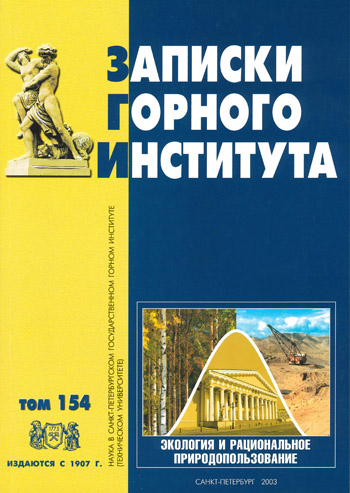Decontamination of industrial effluents containing aromatic compounds using sound chemistry
- St. Petersburg Forest Academy
Abstract
The object of the research is industrial effluents of chemical plants containing aromatic compounds (phenols). The aim of R&D is to develop a scientific basis and method of neutralization of highly toxic aromatic compounds under the influence of ultrasound. The chemical effects of ultrasound in aqueous medium are observed under conditions of nonlinear vibration propagation and are associated with the phenomenon of cavitation. Under the influence of intense alternating vibrations, the liquid ruptures with the formation of a cavity, the development of which leads to the appearance of radical highly reactive particles. In the case of water such particles are hydrogen atom and hydroxyl radical. The hydroxyl radical is capable of oxidizing almost all known organic compounds; being a typical electrophile, OH* easily reacts with molecules containing an aromatic ring (chlorinated lignins and their fragments, chlorophenols, phenols). As a result of the interaction, the R-groups in the side chain are replaced with hydroxyls; the cleavage of the aromatic core leads to the formation of carboxylic and hydroxycarboxylic acids. Thus, the practical application of ultrasonic vibrations (USV) leads to detoxification of industrial effluents containing organochlorine compounds without introducing additional chemical reagents into the system.
